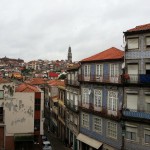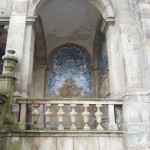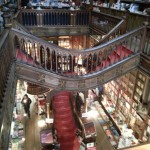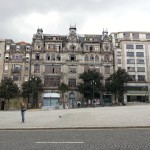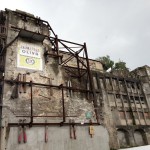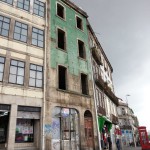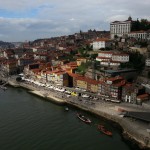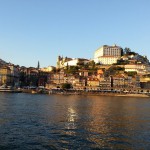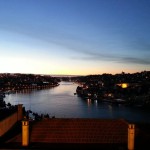I spent P4 in Fontainebleau, which certainly had a different atmosphere than Singapore. In terms of academics, P4 was the first period without core classes, so all my courses were purely elective and chosen by myself. I was a bit more careful in P4 than in P3 with picking my electives, and the end I was very happy with almost all of them. Here is my short take on my classes:
- Strategies for Product and Service Development (SPSD) SPSD, taught by German prof Jürgen Mihm (who like me studied in Darmstadt, and worked in strategy consulting for some time) was a class focused on R&D and how to manage the development of new products and services. The class was one of the most unusual ones I have attended at INSEAD, and included a week-long period of workshops in which all students had to develop a prototype for a shopping “artifact” (bag, trolley, backpack, or the like). I found the class very hands-on and useful, especially for anyone who wants to go into R&D or product development eventually.
- Management Decision Making (MDM) MDM is a class focused on both psychological and informational aspects of decision-making. Led by Enrico Diecidue, a flamboyant (in a good way) Italian, the class looks at biases that decision-makers face and how to overcome them by using sound statistics and models. The class was certainly very interesting and engaging. In some cases, however, going a bit deeper into remedies for the biases would have been even better.
- Advanced Game Theory (AGT) AGT was the class I enjoyed the least in P4. The topic was very interesting, but the class was a bit too slow (not “advanced” enough, if you will). Partly, that must have been because the Singapore starters like me had covered more game theory in their Prices and Markets core class in P1 than the Fontainebleau starters, so the first few AGT sessions that professor Vlad Mares taught were necessary to catch up with what I already had covered. In total, the class was still interesting and I learnt some things about game theory that might be useful in my professional life – especially everything relating to auctions.
- Beyond Markets (half credit) Beyond Markets was my first half credit course, meaning a course that has only eight as opposed to the usual 16 sessions. Beyond Markets was taught by Sven Feldmann and essentially an extension of the non-market strategies already touched upon in IPA in P3. The class was centered around different cases, which were all very interesting and led to intense discussions (and potentially an increasingly cynical view of politics among the participants).
- Economics and Management in Developing Countries (EMDC, half credit) EMDC was – like my Macroeconomics course in P3 – taught by Daniel Traca. The course was a mix of discussing the specialties of macroeconomics in developing countries as well as bottom-up approaches to facilitating development (such as for example microfinance). I found the class very valuable, especially after having witnessed myself in Ghana how difficult development aid is and how there is no golden bullet that will magically fix everything.
- The Art of Communication (half credit) The Art of Communication, taught by Steve Knight, was a weekend communication training. I personally did not find the course very valuable, since I am a halfway confident public speaker. However, for those people who really have difficulties speaking in front of other people, this class made a lot of sense.
In the upcoming P5 (the last period already!), I will only have two credits left to be covered.
